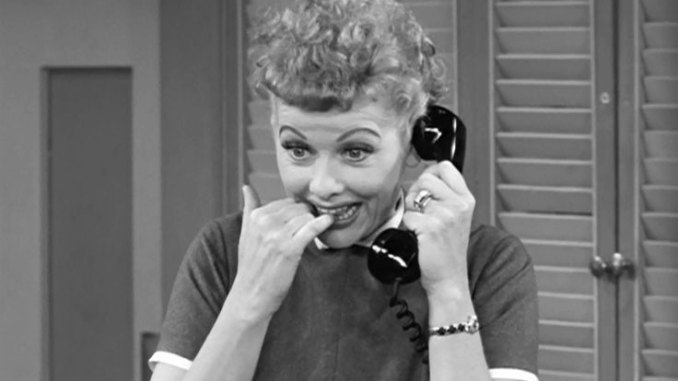
When I Love Lucy first aired in 1951, it didn’t just entertain—it reinvented television. Lucille Ball’s portrayal of Lucy Ricardo, a spirited and hilariously clumsy housewife, made her a household name. But what happened after the original show ended?
🔹 A Legacy of Innovation
Desi Arnaz, Ball’s real-life husband and co-star, introduced revolutionary filming techniques—including the use of a three-camera setup in front of a live studio audience. This format would become the gold standard for sitcoms for decades to come.
After I Love Lucy ended in 1957, the story didn’t stop there.
🔹 The Spin-Offs: The Lucy Show & Here’s Lucy
Lucille Ball continued to dominate television with two spin-off series:
-
The Lucy Show (1962–1968), where Ball played a widow balancing work, motherhood, and friendship.
-
Here’s Lucy (1968–1974), which starred her real-life children Lucie Arnaz and Desi Arnaz Jr., adding a more personal dimension to her comedy legacy.
Both series reflected changing times while maintaining the physical humor and heartfelt storytelling that defined I Love Lucy.
🔹 Timeless Influence
Lucille Ball remains one of the most influential women in television history. Her production company, Desilu Productions, greenlit iconic series like Star Trek and Mission: Impossible, proving she wasn’t just a comedic icon—she was a business powerhouse.
Even today, I Love Lucy reruns attract audiences, and its legacy continues to shape modern sitcoms like Friends, The Big Bang Theory, and Young Sheldon.
